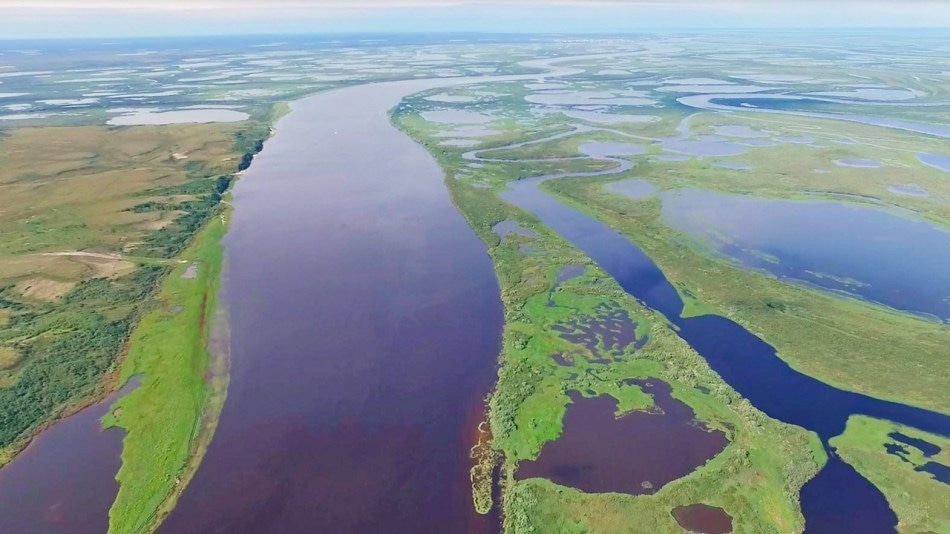Sep 6 2018
Permafrost soils store huge quantities of frozen carbon and play a crucial role in controlling Earth’s climate. In a research paper published in Nature Geoscience, scientists from Umeå University, Sweden, in partnership with an international team, reveal that river greenhouse gas emissions rise high in areas where Siberian permafrost is vigorously thawing.
 Permafrost area and river landscape in Western Siberia. (Image credit: Egor Istigechev)
Permafrost area and river landscape in Western Siberia. (Image credit: Egor Istigechev)
As permafrost degrades, formerly frozen carbon can end up in rivers and streams where it will be processed and emitted as greenhouse gases from the water surface straight into the atmosphere. Measuring these river greenhouse gas emissions is mainly important in Western Siberia—an area that stores massive amounts of permafrost carbon and is a home to the Arctic’s largest watershed, Ob’ River.
The scientists from Umeå University (and partners from SLU, Russia, United Kingdom, and France) point to the river greenhouse gas emissions peak in the places where Western Siberian permafrost has been vigorously degrading and decrease in areas where the climate is colder, and permafrost has not begun to thaw yet. The team has also learned that greenhouse gas emissions from rivers surpass the quantity of carbon that rivers carry to the Arctic Ocean.
This was an unexpected finding as it means that Western Siberian rivers actively process and release large part of the carbon they receive from degrading permafrost and that the magnitude of these emissions might increase as climate continues to warm.
Svetlana Serikova, Doctoral Student in the Department of Ecology and Environmental sciences, Umeå University
Measuring river greenhouse gas emissions from permafrost-affected regions as a whole and in Western Siberia, in particular, is crucial as it enhances one’s understanding of the role such areas play in the universal carbon cycle as well as enhances one’s abilities to forecast the effects of a changing climate on the Arctic.
The large-scale changes that take place in the Arctic due to warming exert a strong influence on the climate system and have far-reaching consequences for the rest of the world. That is why it is important we focus on capturing how climate warming affects the Arctic now before these dramatic changes happen.
Svetlana Serikova, Doctoral Student in the Department of Ecology and Environmental sciences, Umeå University